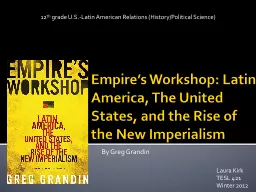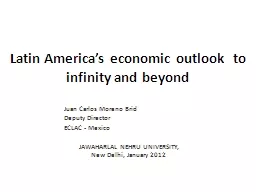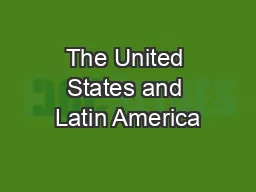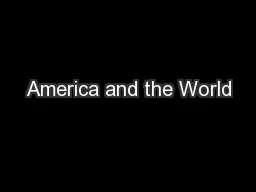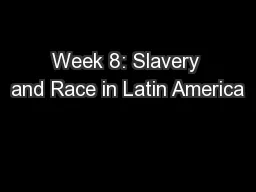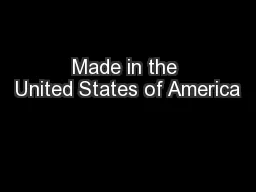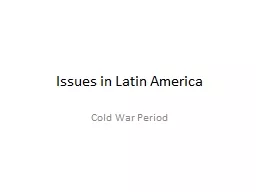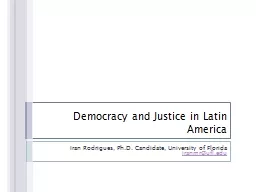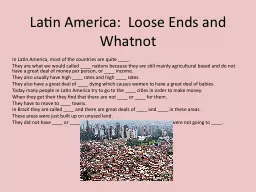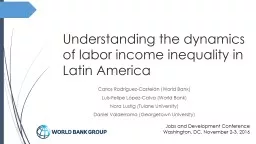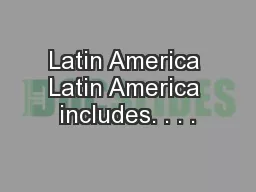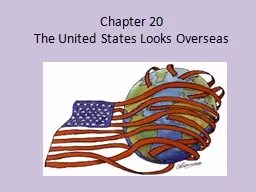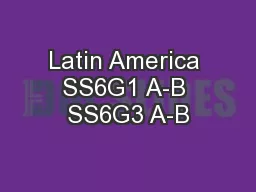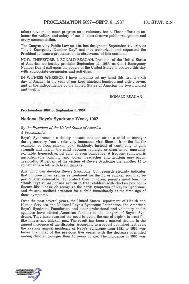PPT-Empire’s Workshop: Latin America, The United States, and
Author : cheryl-pisano | Published Date : 2016-07-12
By Greg Grandin 12 th grade USLatin American Relations HistoryPolitical Science Laura Kirk TESL 421 Winter 2012 Empires Workshop Latin America The United States
Presentation Embed Code
Download Presentation
Download Presentation The PPT/PDF document "Empire’s Workshop: Latin America, The ..." is the property of its rightful owner. Permission is granted to download and print the materials on this website for personal, non-commercial use only, and to display it on your personal computer provided you do not modify the materials and that you retain all copyright notices contained in the materials. By downloading content from our website, you accept the terms of this agreement.
Empire’s Workshop: Latin America, The United States, and: Transcript
Download Rules Of Document
"Empire’s Workshop: Latin America, The United States, and"The content belongs to its owner. You may download and print it for personal use, without modification, and keep all copyright notices. By downloading, you agree to these terms.
Related Documents

